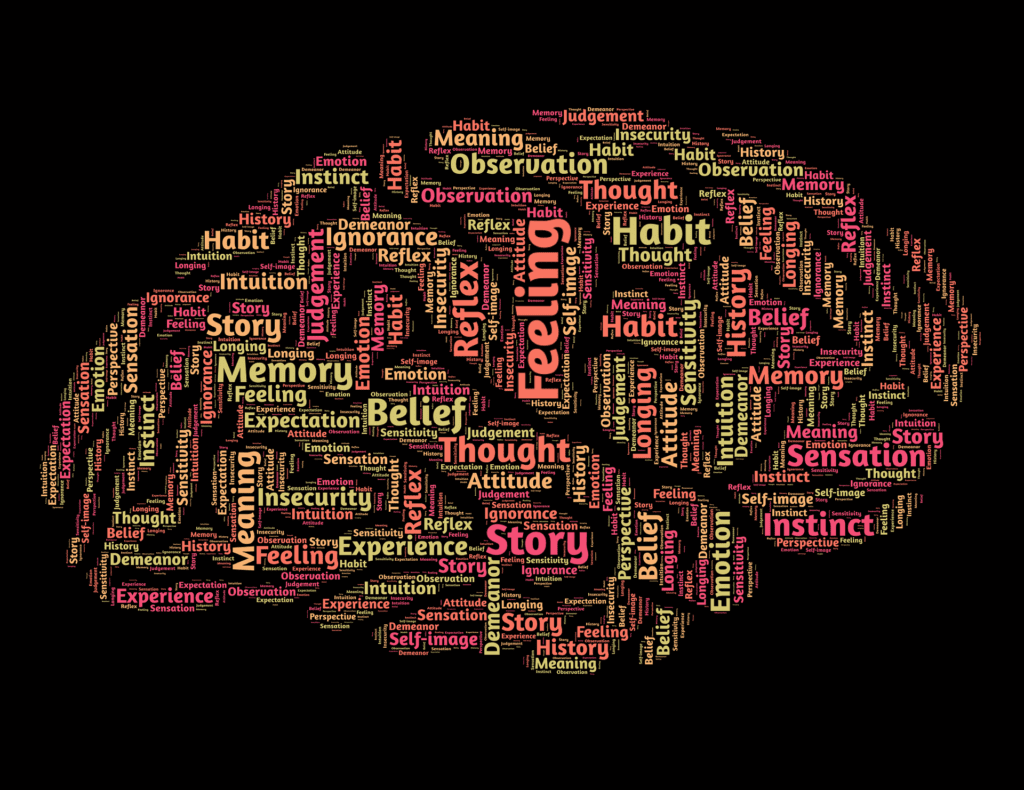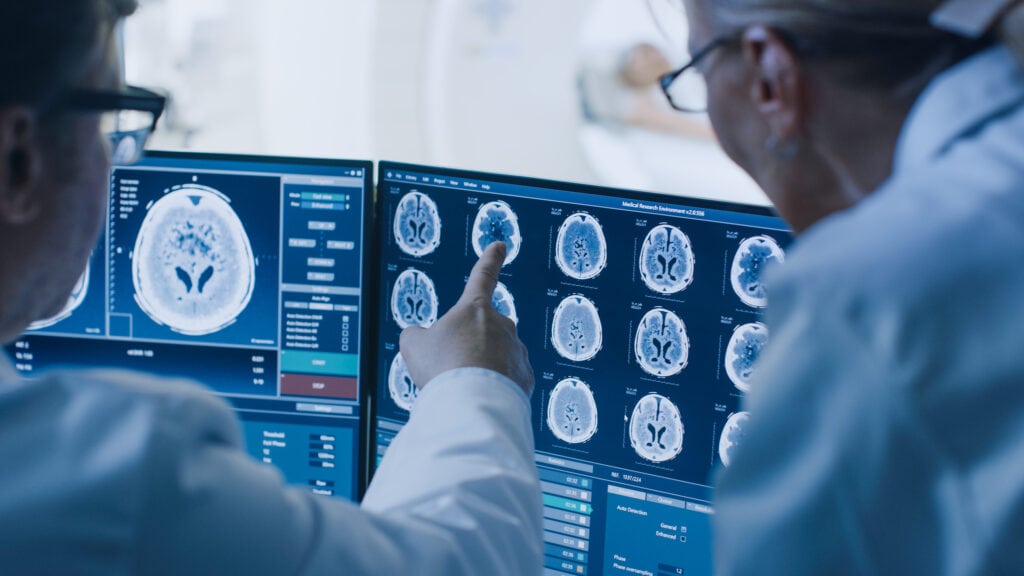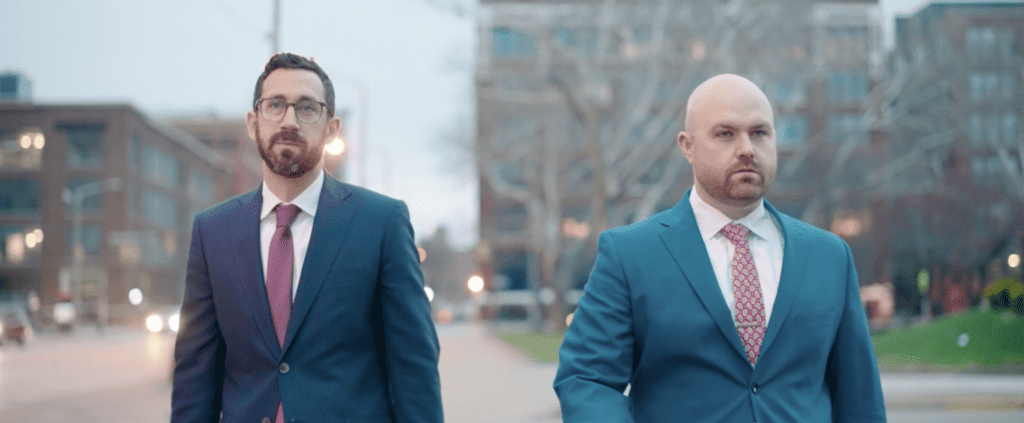Traumatic Brain Injury Diagnosis
Traumatic brain injuries (TBIs) can be devastating for the victim, seriously impacting their quality of life, as well as their ability to work and care for themselves. If the TBI was the result of someone else’s negligence, the victim may be able to recover damages in a personal injury lawsuit. But how does an attorney build a case? First, the extent of the damage must be documented. Diffusion Tensor Imaging (DTI) is a cutting-edge diagnostic tool that allows doctors to examine the brain after a suspected TBI.
Getting proper medical treatment is important not just to your health, but also to personal injury claim. Every bit of information, including your diagnosis, will be a tool for your personal injury attorney to get you maximum compensation. That’s why it’s essential to understand brain scans for TBI. In this article, we’ll cover everything you need to know about this topic, including how a personal injury attorney can help.
Understanding Diffusion Tensor Imaging (DTI)
Diffusion Tensor Imaging (DTI) builds upon Magnetic Resonance Imaging (MRI) by utilizing the movement of water molecules to create detailed maps of the brain’s white matter pathways. These intricate maps offer valuable insights into the microstructure and connectivity of different brain regions. By analyzing these detailed pathways, doctors can gain a deeper understanding of brain health and identify structural disruptions that may underlie various brain injury symptoms.
In the recent past, doctors relied on CT scans and MRIs to diagnose traumatic brain injuries. However, mild to moderate injuries might be overlooked by these tools, and return a result of “negative” or “normal” when the person has indeed suffered a TBI. This is where DTI is useful. DTI examines the microstructure of the brain, including white matter tracts, and can detect diffuse axonal injury, one of the most severe and under-diagnosed forms of brain damage.
How Does a Doctor Determine Whether Their Patient Should Receive a DTI?
TBI Imaging Associates, which is headquartered in Houston, Texas, published a questionnaire for patients to answer before being referred for DTI. Obviously, a CT scan that reported positive findings would warrant a referral. But other, often overlooked symptoms—such as losing consciousness immediately after the head trauma, or experiencing ongoing symptoms like memory loss, depression and anxiety, personality changes, difficulty with decision-making and planning, speech abnormalities, and sleep problems—also warrant a referral.

Patients who have one or more of these symptoms should ask their physician to refer them for DTI, especially if the patient is in the process of filing a personal injury lawsuit. While most traumatic brain injury diagnoses are based on subjective criteria, and therefore can be easily challenged by the defendant’s attorneys in court, DTI scans are considered an objective diagnostic tool. DTIs are diagnosing traumatic brain injuries that would have gone undiagnosed in the past—and the results of the DTI are harder to undermine in court.
The Scanning Process
What can you expect during a DTI scan? You’ll be glad to know that it’s both simple and painless. The first thing you’ll need to do is remove any metal from your body. For example, take off your belt the same way you would when going through security at an airport. The technician or nurse helping you will likely give you earplugs to wear because the machine will be loud. They may also give you goggles.
You’ll lie on the bed which will then slide into the machine, and the imaging process will begin. The technician will be in another part of the room looking at monitors, and they’ll be able to speak to you using a microphone. As the scanner generates an image of your brain, the technician will observe the image in real time, identifying any abnormalities in the white matter fiber.
The entire appointment should take about an hour, with the scan itself taking about 20 minutes. It could take longer if more imaging is needed depending on your specific situation. Feel free to ask questions at any time. Afterward, you can give the results to your brain injury attorney.
Interpreting the Results
Think of DTI as a roadmap of the brain’s information highways. Unlike an ordinary map, DTI shows not just the major roads, but also the intricate lanes and pathways – the nerve fiber tracts – where communication flows. Doctors interpret this map using key features:
- Fractional Anisotropy (FA): Imagine fiber tracts as bundles of wires. High FA indicates well-organized “wires,” while low FA suggests damage or disruption.Think of it as traffic flow – high FA means smooth sailing, while low FA represents congestion or roadblocks.
- Mean Diffusivity (MD): This measures how easily water molecules move within the brain tissue. Increased MD can signal inflammation, swelling, or even tissue loss, like potholes disrupting the smooth flow of information.
- Tractography: This advanced technique reconstructs the 3D pathways of these fiber tracts, pinpointing specific connections potentially affected by the injury.Think of it as highlighting specific detours or road closures caused by the accident.

Now, where does this come in handy for your personal injury case?
- Furthers Medical Treatment: The interpretation of the DTI scan will help your doctor pin-point what is going on with your brain, and give a more accurate diagnosis.
- Objective Evidence: DTI results are objective data, not just subjective complaints. This can strengthen your claim by providing concrete evidence of brain injury, even if traditional MRIs appear normal.
- Pinpointing Specific Damage: Unlike general scans, DTI can pinpoint damage to specific areas of the brain, potentially linking it directly to the accident and its impact on your symptoms.
- Supporting Severity: Depending on the extent and location of the damage revealed by DTI, it can help demonstrate the severity of your injury and potentially influence compensation claims.
Insights for Patients and Caregivers
Depending on the severity of your TBI, there are different treatments available to help you have a good quality of life despite your injury. A DTI scan can give you and doctors the whole picture, which means personalized plans that help you recover and get back to your daily life.
Regardless of how severe your TBI might be, rest is absolutely essential. You’ll need to take it easy for a few days or weeks, and getting help from a caregiver such as a close family member will be a big help. Resting the brain means limiting time on the computer and avoiding concentrating too hard. You should also stay away from drugs and alcohol. For more severe TBI, you may consider getting physical, emotional, or cognitive therapy.
The guidance you receive from your doctor will come directly from the data of the DTI scan. So, the sooner you get a scan, the sooner you can begin healing and recovering properly.
Questions for Your Medical Team
You can get the most out of your appointments by going to them prepared with questions and concerns. You may want to know things like how severe your TBI is, how long recovery might take, and what you can do to manage each individual symptom. Don’t be afraid to ask questions throughout the process, especially ones pertaining to the DTI scan. You may also ask about how many scans your doctor recommends getting and over what timeline. The information you receive will help you feel more confident and prepared to undergo treatment.
The Cost of Traumatic Brain Injuries
Whether the result of a fall or a motor vehicle accident, traumatic brain injuries are not something to take lightly. According to TBI Imaging Associates, there are three million cases of TBI in the United States every year, and many more go undiagnosed. The cost to society is a whopping $17 billion, in the form of Medicare and Medicaid bills, missed work days, and other expenses. The victim of a TBI might be left with high medical bills and months or years of lost wages. Therefore, the victim should be adamant about receiving a correct diagnosis, even if a CT scan or MRI returned a “negative/normal” result. Diffusion Tensor Imaging can return more accurate results.
If you’ve suffered a blow to the head, immediately consult a medical specialist. Obtaining a diagnosis is essential to both your health and your personal injury claim. With a diagnosis on hand, our Ohio brain injury lawyers will be able to more easily win compensation for you. When it comes to working with a brain injury attorney, you can Turn 2 Tittle & Perlmuter (216-222-2222).


